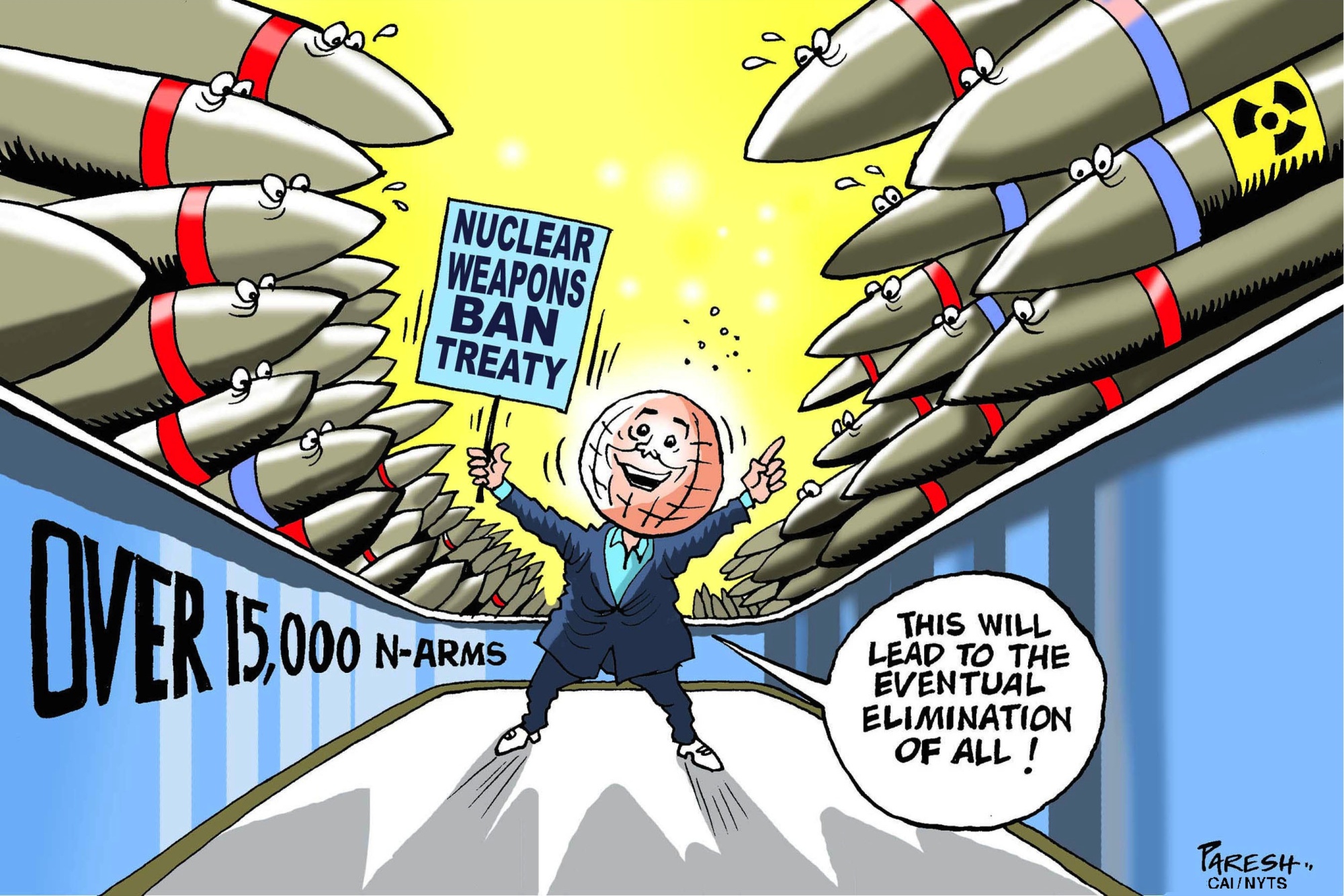Last January, the Doomsday Clock was moved to two minutes to midnight — the closest it has ever been, matching the acute sense of crisis of 1953. The primary explanation for the heightened threat alert was disturbing developments in the nuclear realm.
There was little improvement during 2018. There is no sign that New START, which regulates U.S. and Russian strategic force numbers and deployments, might be extended by five years to 2026. China is upgrading its considerably smaller nuclear arsenal. India and Pakistan are enlarging, modernizing and upgrading stockpiles, while investing in battlefield tactical nuclear weapons (Pakistan) and systems to counter them (India).
U.S. President Donald Trump's disdain for international institutions and rules established him as the disrupter in chief of the global nuclear order. U.S. nuclear policies reflect and fuel the fraying regimes, provoking countermeasures by adversaries, sowing doubts in allies and stiffening support among the non-nuclear states for banning the bomb. Expanding U.S. and Russian nuclear weapon developments and deployments lead to the normalization of the discourse of nuclear weapon use. They also embolden calls for nuclear-weapon acquisition by some others.


















With your current subscription plan you can comment on stories. However, before writing your first comment, please create a display name in the Profile section of your subscriber account page.